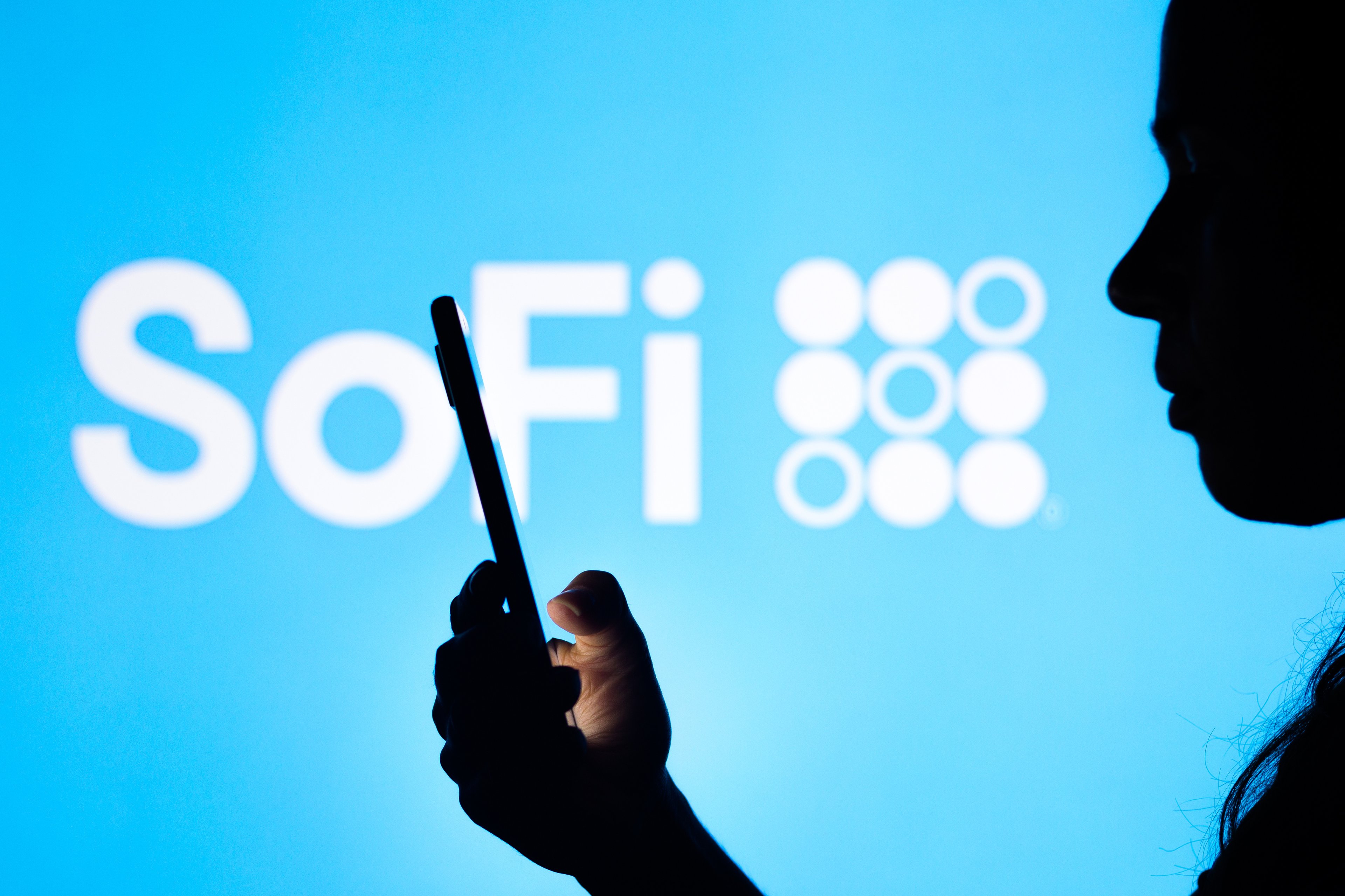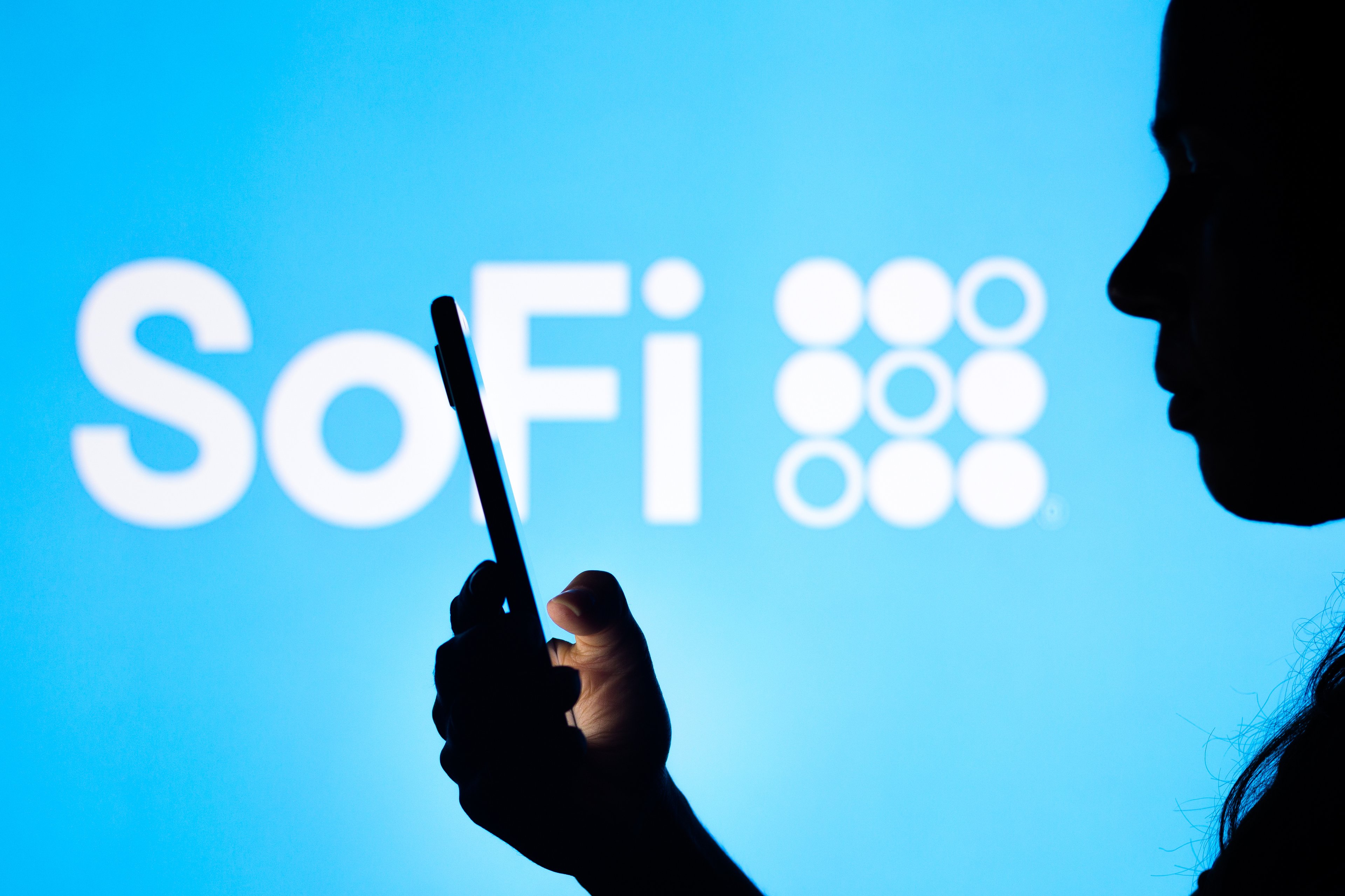During the 2020-2021 period, hundreds of companies entered the public markets via special purpose acquisition companies, or SPACs. And no SPAC sponsor was more prominent than Chamath Palihapitiya.
Well, more than three years since launching his most recent blank-check company, Palihapitiya has filed for a new one. He intends to raise $250 million to form the American Exceptionalism Acquisition Corp. A, and while there is currently no definitive timeline for its initial piblic offering (IPO), it will trade under ticker symbol AEXA.
In the SPAC's Securities and Exchange Commission (SEC) filing, Palihapitiya correctly points out that there are over 700 private companies with a $1 billion valuation or higher, and that there are 2,000 fewer public companies in the United States compared with the 1990s. And he's banking on the fact that there's a lot of pent-up demand for companies that don't want to use the traditional IPO process.

Image source: Getty Images.
The American Exceptionalism Acquisition Corp. will focus on finding an acquisition target in one of four areas:
- Energy production
- Artificial intelligence
- Decentralized finance
- Defense
What's different this time around?
Palihapitiya is a SPAC veteran, having directly sponsored several deals in the 2020-2021 SPAC boom. I'll discuss his track record in the next section, but out of the hundreds of SPAC deals that took place in those years, the overwhelming majority lost money for investors who bought and held shares.
There's an old saying that the worst thing an investor can hear is "this time it's different." But with that in mind, there are a couple of key differences between the structure of this new SPAC and Palihapitiya's previous blank-check companies:
- There are no warrants. Most 2020-2021 SPACs were made up of "units" that consisted of shares and warrants.
- The sponsor's founder shares (essentially a large block of shares the SPAC sponsor gets for taking the company public) won't vest unless the stock rises by 50% after the deal closing. If this doesn't happen, Palihapitiya's founder shares will be worthless.
The goal is to better align the interests of the sponsor with those of investors this time around.
Palihapitiya's SPAC record
During the initial SPAC boom, Palihapitiya launched a total of six blank check companies under the "IPO" series, with ticker symbols IPOA, IPOB, etc. He once said that he had reserved ticker symbols all the way to IPOZ, but the SPAC boom ran out of steam before he got there.
Here's how the investor's six main SPACs performed:
|
Ticker Symbol |
Company Taken Public |
Current Stock Price |
Investor Total Returns |
|---|---|---|---|
|
IPOA |
Virgin Galactic |
$2.95 |
(98.5%) |
|
IPOB |
Opendoor Technologies |
$3.58 |
(64.2%) |
|
IPOC |
Clover Health |
$2.52 |
(75%) |
|
IPOD |
N/A |
N/A |
0% |
|
IPOE |
SoFi Technologies (SOFI 0.58%) |
$23.02 |
130.2% |
|
IPOF |
N/A |
N/A |
0% |
Data source: YCharts. Prices as of 8/19/2025. Total returns are based on the initial $10 offering price, adjusted for reverse splits where applicable.
So, only one of the six made money for investors who bought and held (although Opendoor is starting to get interesting again). And if you had invested $10,000 in each of these SPACs before a deal was announced ($60,000 total), you'd have $46,750 today. Of course, this includes the two dissolved SPACs (IPOD and IPOF), which never ended up finding a target and simply returned their capital to shareholders.

NASDAQ: SOFI
Key Data Points
Palihapitiya also sponsored a series of four biotechnology-focused SPACs in 2021. Two of them ended up returning their capital to investors, and the other two found targets -- both of which are worth substantially less than the initial $10 offering price.
Should you invest in this new SPAC?
As mentioned, there are some notable differences this time around that essentially prevent Palihapitiya and other insiders from grabbing a quick payday and cashing out. However, there are a few things to keep in mind, in addition to Palihapitiya's record of SPAC success.
For one thing, you don't know what you're investing in. You're contributing $10 per share in hopes that Palihapitiya will find a good target at a good valuation. And it's also worth noting that whatever the target company ends up being, it's likely to be a relatively early-stage growth company, like all four in the chart above were at the time of their SPAC deals. For example, the most successful of the group (SoFi) was still a year away from obtaining a bank charter at that point. Companies with stable cash flows and established profitability could use the SPAC route to go public, but it's rare.
In a nutshell, buying shares of a SPAC before any merger deal is announced is a highly speculative form of investing. Keep this in mind if you decide to invest, manage your position size, and don't invest money you can't afford to lose.





